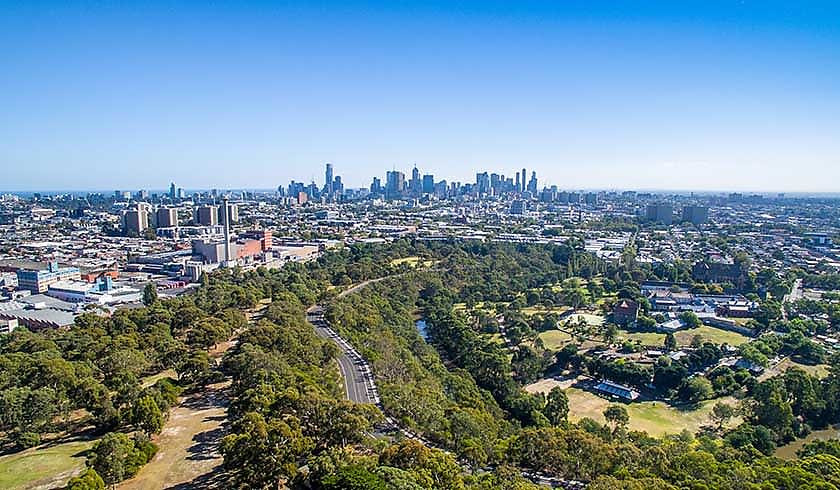Pace of home value declines slowing: CoreLogic
According to the research body’s November Home Value Index (HVI), Australia recorded its smallest monthly value decrease this financial year.

Not since June have home values reduced at a slower rate than November’s 1 per cent decrease. Following the seventh consecutive month of decline, CoreLogic’s HVI currently sits at 7 per cent, a total of $53,400 below April’s peak.
The firm’s research director, Tim Lawless, has described Sydney and Melbourne as the leaders in the easing rate of decline, even with the trend present among smaller capital cities.
“Three months ago, Sydney housing values were falling at the monthly rate of 2.3 per cent. That has now reduced by a full percentage point to a decline of 1.3 per cent in November,” he said, with median house prices in the NSW capital ending last month at $1,025,684.
“In July, Melbourne home values were down 1.5 per cent over the month, with the monthly decline almost halving last month to 0.8 per cent.” This has led to the city’s median home value sitting at $759,495 — the third-most expensive national market.
Moreover, Australia’s second-most expensive market, Canberra, experienced an easing rate of decline as prices fell 1.2 per cent last month as opposed to 1.7 per cent in August. Brisbane and Hobart experienced the largest decreases during November (both 2 per cent), although Mr Lawless did caveat the decline rate in the Queensland capital is no longer accelerating.
Three national markets recorded value increases in November. Regional Western Australian house values grew 0.9 per cent, just beaten by regional South Australia’s 1 per cent growth, while Darwin was the only capital city market to report price growth (0.2 per cent).
Values in Perth remained unchanged for the month, leaving median house prices at $560,789 heading into the final month of the year.
Mr Lawless explained both Darwin and Perth markets remain insulated from price decreases due to “a comparatively healthy level of housing affordability, along with tight labour markets, and relatively strong economic conditions”.
He detailed current trends potentially displaying “the initial uncertainty around buying in a higher interest rate environment wearing off”, noting that “persistently low advertised stock levels have likely contributed to this trend towards smaller value falls”.
“However, it’s fair to say housing risk remains skewed to the downside while interest rates are still rising and household balance sheets become more thinly stretched.
“There is still the possibility that the pace of declines could reaccelerate, especially if the current rate hiking cycle persists longer than expected,” he said. “Next year will be a particular test of serviceability and housing market stability, as the record-low fixed-rate terms secured in 2021 start to expire.”
Shifting focus from national housing markets, Australia’s unit market’s resilience continued during November as capital city values declined at nearly half the pace (0.6 per cent) of houses, a continuation of a trend consistent across the downturn at large.
“Every capital city apart from Hobart is recording a more resilient outcome for unit values relative to houses,” Mr Lawless outlined.
“This trend can at least partially be attributed to the more moderate gains recorded during the upswing, but probably also reflects the unit sector’s more affordable price point at a time when borrowing capacity has reduced.”
As for Australia’s housing market outlook, the trajectory of interest rates will be the decisive factor for the direction of values, especially considering the likelihood that interest rates will peak within the first half of 2023.
With an increase likely at the Reserve Bank of Australia’s (RBA) final board meeting of the year on Tuesday, 6 December, the cash rate is set to conclude 2022 at 3.1 per cent — assuming the RBA lifts it by 25 basis points — a cumulative increase of 3 per cent for the year.
“Importantly, this takes interest rates to the limit of mortgage serviceability assessments recent borrowers were ‘tested’ on. To date, bank reporting shows mortgage arrears have held around record lows, but 90-day arrears rates are likely to rise over time given the higher interest rate setting and elevated inflation against a backdrop of record levels of household indebtedness,” Mr Lawless concluded.
